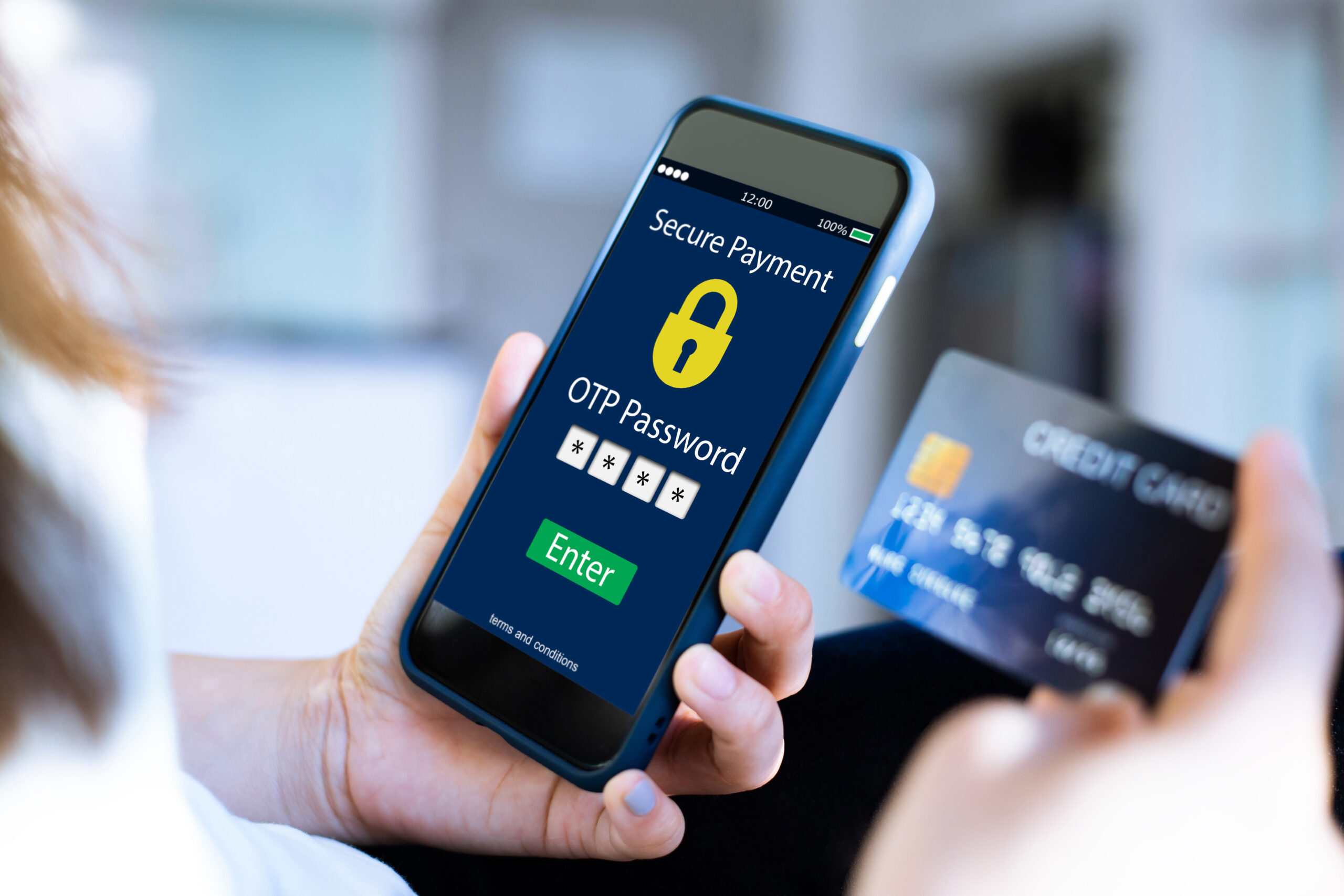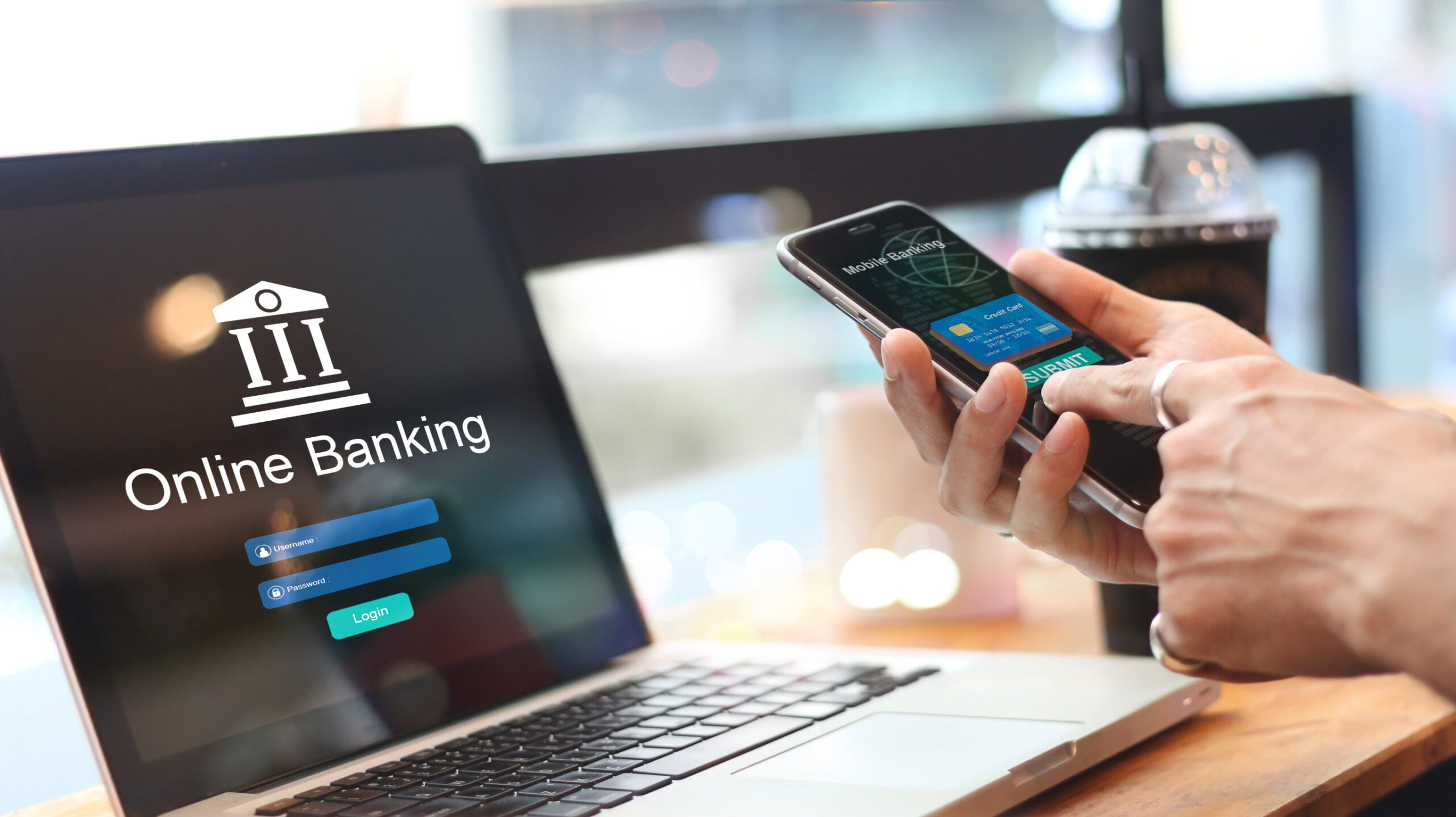Online banking has significantly revolutionized the financial industry. With it, users don’t need to leave their homes to perform various transactions. Digital banking has also made online purchases and payments fast and easy.
Despite being convenient, this technology could also have a dark side. As account owners use the internet to connect and supply information, data can be exposed to digital fraudsters. Cybercriminals are motivated by financial gain and always looking for the next target. In fact, it has been reported that at least 127 million Americans have experienced credit or debit card fraud at least once.
Fortunately, there are a lot of safety and security tips you can keep in mind when transacting online. As such, before accessing your online account, consider practicing the following security tips:
Use A VPN For Remote Access
As part of an enhanced security policy, most banks encourage users to register their trusted devices. This method can give you peace of mind when transacting in your home. But outside, you need to take certain precautions.
When you’re forced to connect to a public network or need to connect with your bank remotely, consider setting up a virtual private network or VPN to ensure a safe transaction. A VPN is a security tool that establishes an encrypted connection between your device and the internet, rendering the data unusable to hackers. This VPN for Japan, for instance, can be handy for travelers exploring the countryside or urban centers of Japan.
Enter A Strong Password And Change It Regularly
When creating a password, it is highly recommended that you use alphanumeric codes in a mix of lower and uppercase letters, numbers, and symbols. Most financial institutions require account holders to use this combination as a minimum-security requirement.
When thinking of the words to include in your password, refrain from using simple terms. The same goes for manipulating numbers, such as choosing your birth date. And more importantly, it’s highly recommended to change your password regularly, with or without your bank’s suggestion.
Furthermore, this could also apply to businesses handling client financials in the future. Trends show that a third of small businesses are eyeing using financial software and customer relationship management (CRM) applications to help accelerate business growth.

Use Two-Factor Authentication
Apart from hard-to-guess passwords, users can adopt two-factor authentication as an added security measure. This method involves account holders logging in using their passwords and a one-time PIN or OTP sent via text message or email to push through with the transaction and gain access to your online banking account.
Two-factor authentication is often required in confirming transactions where credit or debit card payments are used.
Don’t Use Public Connections And Devices
Regardless of the urgency, refrain from using public computers and WiFi connections when accessing your online bank account. Doing so may enable other users to access your banking and personal information. Some hackers are highly sophisticated that they can imitate WiFi interfaces and websites. It can be hard to recover after falling into their trap, so it’s best to be cautious and prevent such instances in the first place.
Update Your Device And Anti-Virus Software
Software updates, particularly antivirus programs, can help protect your computer from hackers. Cybercriminals work around the clock, studying programs and applications and identifying their weaknesses. Software companies may also employ hackers who do the same but put them to good use when developing software updates.
As a bank account holder, check for updates for your antivirus software. You can also turn on notifications. Consider doing the same if you’re using the bank’s mobile application installed on your smartphone for increased protection. Your firewall must also be activated to have better resiliency against malware created to access your personal and financial data illegally.
Be Wary Of ‘Bank Reps’ Emails And Calls
Malware and other viruses may also be deployed through links and attachments on fraudulent emails. Most of these notifications pretend to be from your bank, asking for your login details and OTP. Hackers may come up with several reasons needing your urgent action, such as bank system upgrades, deposits, and withdrawal transactions you didn’t make and need to cancel as soon as possible.
Such a fraudulent act is called phishing. When done via voice calls, it’s called vishing or voice phishing. Note that bank representatives won’t be asking for your OTP, password, username, and other credentials. But during a scam incident, fraudsters may contact you to ask for these details.
If you’ve been approached and asked to relay the said information, don’t give in to the pressure and, instead, hang up. Furthermore, call your bank and report the incident so they can launch an investigation.
Check and Monitor Your Bank Account Regularly
It also pays to check your bank account regularly for some questionable transactions. While a payment gateway is generally secure, some hackers or credit card thieves may still succeed in making unauthorized withdrawals and payments. You don’t need to wait for your statement in the mail. Access your account online for updated information and notify your bank of any anomalous entries.
Wrapping Up
Banking and financial institutions employ stringent security measures online and offline. However, it’s just one part of the story. You can do your role as a digital banker by taking a proactive approach and heeding the tips above. Knowing the risks and how to prevent them can help protect your account anytime, anywhere.

